Top Countries with the Largest Gold Reserves by Nation
When it comes to global gold reserves, the United States stands unmatched, with the iconic Fort Knox gold reserves anchoring its position as the world’s leader. Fort Knox, officially known as the United States Bullion Depository, is a highly secure...

When it comes to global gold reserves, the United States stands unmatched, with the iconic Fort Knox gold reserves anchoring its position as the world’s leader. Fort Knox, officially known as the United States Bullion Depository, is a highly secure facility constructed with concrete-lined granite and reinforced with structural steel and steel for maximum security, making it a prime example of the united states bullion depository. Renowned as the gold depository, this facility is famous for storing vast amounts of gold bullion and symbolizes the protection of American gold assets. Established under President Franklin D. Roosevelt during the era between the world wars, Fort Knox played a crucial role in safeguarding the nation’s wealth and valuable items. Holding over 8,000 metric tons of gold, much of it stored in the heavily fortified Fort Knox Bullion Depository, the U.S. dwarfs other nations like Germany, Italy, France, and Russia in gold holdings. These reserves are more than just glittering assets—they’re critical tools for economic stability, currency support, and investor confidence. This article explores the significance of the Fort Knox gold reserves, the top countries with the largest gold holdings, and the economic implications of these strategic assets, with a special focus on key BRICS nations like China and India.
Key Takeaways
-
Global gold reserves reached approximately 59,000 metric tons in 2023, underscoring gold’s role as a safe-haven asset during economic and geopolitical uncertainty.
-
The United States holds the largest gold reserves at 8,133.47 metric tons, with the Fort Knox gold reserves playing a pivotal role in supporting the U.S. dollar and ensuring economic stability.
-
Countries maintain gold reserves to enhance currency stability, hedge against inflation, and provide financial security in turbulent times.
-
As BRICS powerhouses, China and India have ramped up their gold acquisitions in 2025, reflecting a strategic push for diversification amid global tensions.
Overview of Global Gold Reserves

As of 2023, global gold reserves totaled an impressive 59,000 metric tons, the highest since 2010, according to data from the World Gold Council, International Monetary Fund, and other authoritative sources. Gold’s enduring value as a financial asset shines during times of economic volatility and geopolitical tension. The Fort Knox gold reserves, located in Kentucky, symbolize this stability for the United States, which holds 8,133.47 metric tons—more than any other nation. These reserves reflect the U.S.’s commitment to maintaining a robust economic foundation, with Fort Knox serving as a global benchmark for secure gold storage. The US Mint and the Department of the Treasury, as government institutions, oversee the US bullion depository at Fort Knox and its minting activities through the us mint, ensuring transparency and security of the nation's gold reserves.
Leading Countries in Gold Reserves
A handful of nations dominate global gold reserves, with the Fort Knox gold reserves at the forefront. The Fort Knox reserves consist of an inventory of gold bars, which are regularly accounted for and securely stored as a key component of the United States' wealth, including the gold reserves stored here . Below, we highlight the top five countries and their strategic use of gold to bolster economic stability, followed by insights into BRICS leaders China and India.
United States
The United States leads with 8,133.47 metric tons of gold, much of which is stored in the Fort Knox gold reserves, managed by the U.S. Treasury and the Federal Reserve. The oversight of these reserves involves the treasury secretary, including Treasury Secretary Scott Bessent and the first treasury secretary, who have played key roles in authorizing audits and ensuring the gold is present and accounted for. High-profile visits and statements by President Donald Trump, President Trump, Kentucky Governor Matt Bevin, and other gov officials have advocated for transparency and public verification of all the gold at Fort Knox. The reserves are regularly audited, with regularly scheduled audits and ongoing calls for a comprehensive audit to verify and account for how much gold is present. Only small quantities of gold have been transferred or removed for testing during these audits, and the Gold Reserve Transparency Act has been proposed to further ensure transparency. The inventory at Fort Knox includes gold coins as well as bars, and the price of the gold is determined by current market rates. Official audit reports and statements are often released in February, providing updates on the status of the reserves. The iconic status of Fort Knox in popular culture is reflected in its frequent references in films and media, symbolizing ultimate security and wealth. Valued at approximately $480.84 billion (as of January 2023), these reserves account for over 75% of U.S. foreign reserves. The Fort Knox gold reserves are a cornerstone of America’s economic strategy, supporting the dollar, hedging against inflation, and maintaining global confidence in U.S. financial stability. Visiting Fort Knox, though highly restricted, offers a glimpse into one of the world’s most secure depositories, underscoring the importance of gold in national wealth preservation.
Germany
Germany holds the second-largest gold reserves at 3,355.14 metric tons, accounting for two-thirds of its foreign reserves. These holdings are vital for economic stability and investor confidence, with much of the gold stored domestically and some in foreign vaults like the Federal Reserve Bank of New York.
Italy
Italy’s 2,451.84 metric tons of gold, primarily stored at the Banca d’Italia and in U.S. vaults, are a key component of its economic security. These reserves provide stability during financial uncertainty and support Italy’s monetary policies.
France
France ranks fourth with 2,437 metric tons of gold, integral to supporting the euro and ensuring financial stability. These reserves are a critical buffer against economic volatility.
Russia
Russia holds 2,335 metric tons, strategically increasing its reserves in recent years to diversify away from the U.S. dollar. This move highlights gold’s role as a hedge against geopolitical and economic risks.
Spotlight on BRICS: China and India
As influential BRICS members, China and India have emerged as aggressive gold buyers in 2025, using reserves to de-dollarize and fortify their economies against global uncertainties. These nations' strategies align with broader emerging market trends, where gold serves as a geopolitical shield and diversification tool.
China
China's People's Bank of China (PBoC) has maintained a relentless buying streak, adding 1.9 tonnes in August 2025 for its tenth consecutive monthly purchase, bringing total reserves to 2,302 tonnes—now 7% of its foreign exchange holdings. Year-to-date, the PBoC has acquired 22.7 tonnes, with holdings valued at around US$242 billion as of mid-2025. This surge coincides with gold prices hitting a record $3,790 per ounce in September 2025, nearly doubling over two years. In a bold move to reshape global finance, China is courting foreign sovereign gold reserves for custody in Shanghai, aiming to rival London and reduce dollar dependence while promoting yuan internationalization. With gold comprising just 4.9% of its reserves (ranking fifth globally at 2,235 tonnes in 2024), analysts predict further accumulation toward 5,000 tonnes to match China's economic stature. This strategy not only hedges against sanctions risks but also bolsters bilateral ties with emerging markets.
India
India's Reserve Bank of India (RBI) has also prioritized gold, reaching a record 880 tonnes in Q2 2025—up from 879.6 tonnes in Q1—making it the fastest-growing component of forex reserves at 12% (US$81.8 billion). The RBI added 0.5 tonnes in June and 0.6 tonnes in March, with cumulative 2025 purchases at 3.8 tonnes so far, a moderation from 2024's 73 tonnes but still signaling strategic intent. This shift favors gold over US Treasury bills (down to $227 billion in June 2025), aligning with de-dollarization trends amid geopolitical tensions. Now holding 58% of reserves domestically (about 512 tonnes), India ranks eighth globally and continues to diversify for inflation protection and currency stability.
Why Countries Maintain Gold Reserves

Countries, including the U.S. with its Fort Knox gold reserves, hold gold for several reasons:
-
Currency Stability: Gold supports national currencies, acting as a reliable store of value.
-
Hedge Against Volatility: It protects against inflation, currency devaluation, and geopolitical risks.
-
Financial Security: Gold provides liquidity for central banks to manage international debts and stabilize economies.
Transparency in gold holdings is important to the American people, who have a right to verify their nation's gold reserves.
The Fort Knox gold reserves, for example, are a testament to the U.S.’s strategy of safeguarding wealth in a fortified vault, ensuring protection against global uncertainties. The World Gold Council notes that many nations, including BRICS leaders like China and India, are increasing gold holdings to diversify reserves and mitigate risks, with Fort Knox serving as a model for secure storage.
Impact of Gold Reserves on National Economies

Gold reserves, such as the Fort Knox gold reserves, are vital for currency stability and international financial transactions. They act as a barometer of economic strength, boosting investor confidence and enabling countries to navigate economic challenges. During crises, gold strengthens central banks’ risk-adjusted capital ratios, ensuring resilience. The Fort Knox gold reserves exemplify this, supporting the U.S. dollar’s global dominance and reinforcing economic stability. For BRICS nations like China and India, recent accumulations enhance their geopolitical leverage and economic resilience.
Historical Context of Gold Reserves
Fort Knox history dates back to its origins as a United States Army post, later evolving into a gold depository established under President Franklin D. Roosevelt's legislation in response to Executive Order 6102. The facility not only stores gold bullion but also serves as the Army's human resources command center, managing personnel and training activities for soldiers. Oversight of the gold reserves is coordinated from Washington, the central hub for government transparency and security discussions.
Historically, the gold standard tied currencies to fixed gold values, ensuring stability. Though abandoned in the mid-20th century, gold remains a trusted asset. The Fort Knox gold reserves, established as a key depository in 1936, symbolize this enduring legacy, securing U.S. wealth and supporting economic strategies in a fiat currency world.
Recent Trends in Gold Reserves

Recent data from the World Gold Council shows countries like China significantly increasing their gold holdings to counter economic uncertainty, with the PBoC's ongoing purchases and custody ambitions driving market momentum. India mirrors this, with RBI's record highs and diversification from dollar assets. The Fort Knox gold reserves remain a constant in the U.S., but global trends indicate a broader push to bolster reserves. Nations like Switzerland, Japan, and India also maintain substantial holdings, emphasizing gold’s role in financial diversification.
Central Banks and Gold Reserves
Central banks, like the U.S. Federal Reserve overseeing the Fort Knox gold reserves, manage gold for safety, liquidity, and returns. Institutions such as the Government Accountability Office (GAO) and other independent bodies regularly audit and ensure the transparency of gold reserves through the department , providing independent oversight and reinforcing accountability. Recent increases in gold purchases reflect a global shift toward safer assets amid instability. Fort Knox’s fortified vault, holding a significant portion of U.S. gold, exemplifies the lengths nations go to protect these assets, reinforcing their role in global financial stability. In BRICS, China’s PBoC and India’s RBI exemplify this proactive approach.
Top 50 Countries with Largest Gold Reserves
Beyond the top five, countries like India (880 metric tons) and China (2,302 metric tons) rank prominently (India 8th, China 6th), showcasing strategic gold accumulation, including the shipment of gold reserves . The Fort Knox gold reserves set the standard, but these rankings highlight how nations prioritize gold for economic security.
Gold Reserves Data Visualization
Visualizing gold reserves through charts simplifies understanding of global distributions. For instance, a bar chart comparing the Fort Knox gold reserves with other nations’ holdings highlights the U.S.’s dominance and helps identify trends in gold accumulation, including BRICS growth.

Summary
Gold reserves, exemplified by the Fort Knox gold reserves, remain a cornerstone of global economic stability. The United States, Germany, Italy, France, and Russia lead in holdings, leveraging gold to support currencies and hedge against uncertainty. BRICS nations like China and India are accelerating this trend, with record purchases underscoring gold's strategic value in a multipolar world. As economic and geopolitical challenges persist, the Fort Knox gold reserves and their global counterparts will continue to play a critical role in shaping financial strategies.
Global Coin and Your Gold Investments
At Global Coin, we empower investors and collectors with rare, high-quality coins that mirror the resilience of national gold reserves like those at Fort Knox. Just as the Fort Knox gold reserves safeguard U.S. wealth—and BRICS countries like China and India diversify theirs—our curated coin portfolios offer a hedge against uncertainty, supported by the GCS Index. By investing in precious metals, you can build a portfolio that reflects the stability and value of gold, ensuring long-term financial growth and preservation.
Frequently Asked Questions
Why do countries hold gold reserves? Countries hold gold, like the Fort Knox gold reserves, to support currency value, ensure economic stability, and hedge against market volatility.
Which country has the largest gold reserves? The United States, with 8,133.47 metric tons, primarily stored in the Fort Knox gold reserves, as well as significant holdings at West Point and the Denver Mint.
How do gold reserves impact national economies? Gold reserves, such as those at Fort Knox, bolster currency stability, enhance investor confidence, and protect against economic uncertainties.
What are recent trends in gold reserves? Countries like China (2,302 tonnes, up 22.7 tonnes YTD) and India (record 880 tonnes) are increasing gold holdings as BRICS leaders, emphasizing diversification and de-dollarization. While the Fort Knox gold reserves remain a stable anchor for U.S. economic strategy.
What role do central banks play in managing gold reserves? Central banks, including the U.S. Federal Reserve overseeing Fort Knox, manage gold for safety, liquidity, and economic stability, ensuring resilience in volatile markets—as seen in China’s custody ambitions and India’s domestic shifts
Related Articles

How to Spot a Counterfeit Proof Coin in the Market
How to Spot a Counterfeit Proof Coin in the Market In the world of numismatics, few things hold ...
Discover More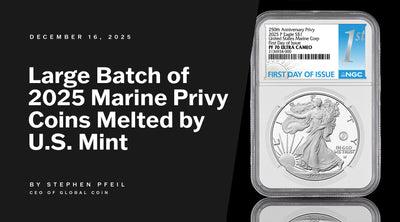
BREAKING NUMISMATIC NEWS: Large batch of 2025 Marine Privy Coins MELTED by U.S. Mint
BREAKING NUMISMATIC NEWS: Large batch of 2025 Marine Privy Coins MELTED by U.S. Mint A historic ...
Discover More
Tax Implications When You Sell Gold Bullion in Different States
Disclaimer: The following content is for informational purposes only and should not be construed ...
Discover More
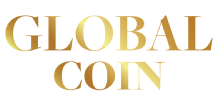

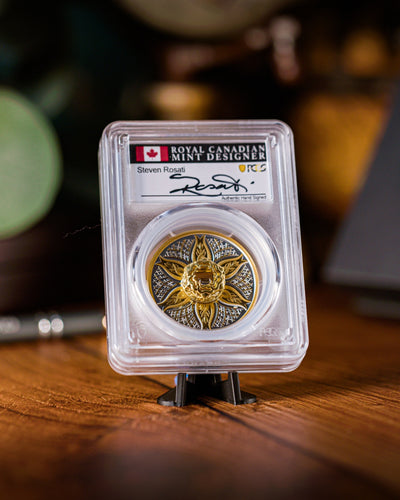
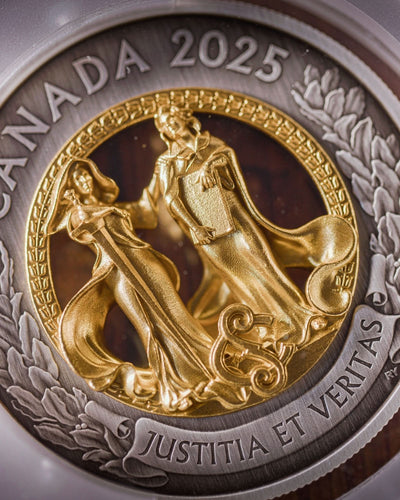
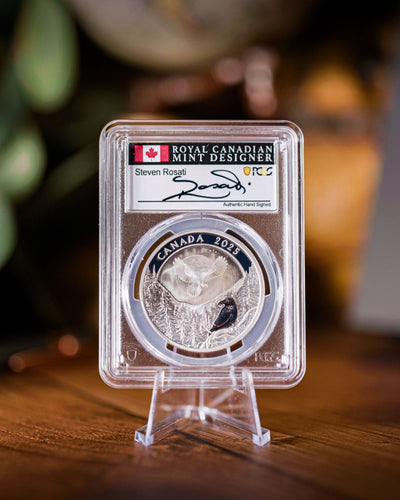
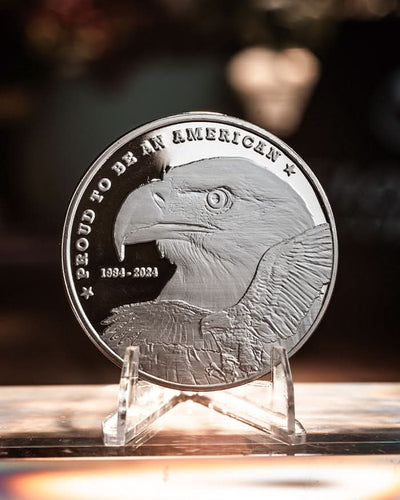
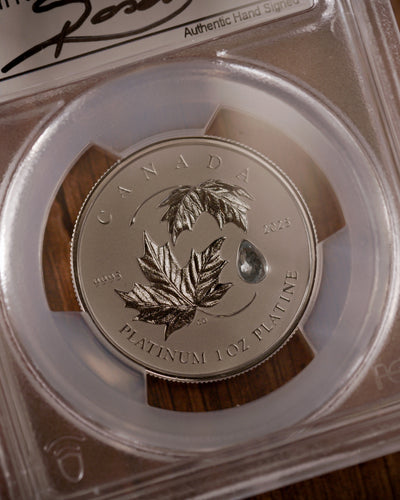

Leave a comment
This site is protected by hCaptcha and the hCaptcha Privacy Policy and Terms of Service apply.